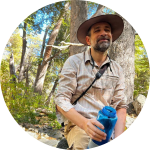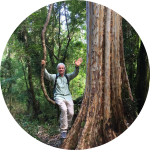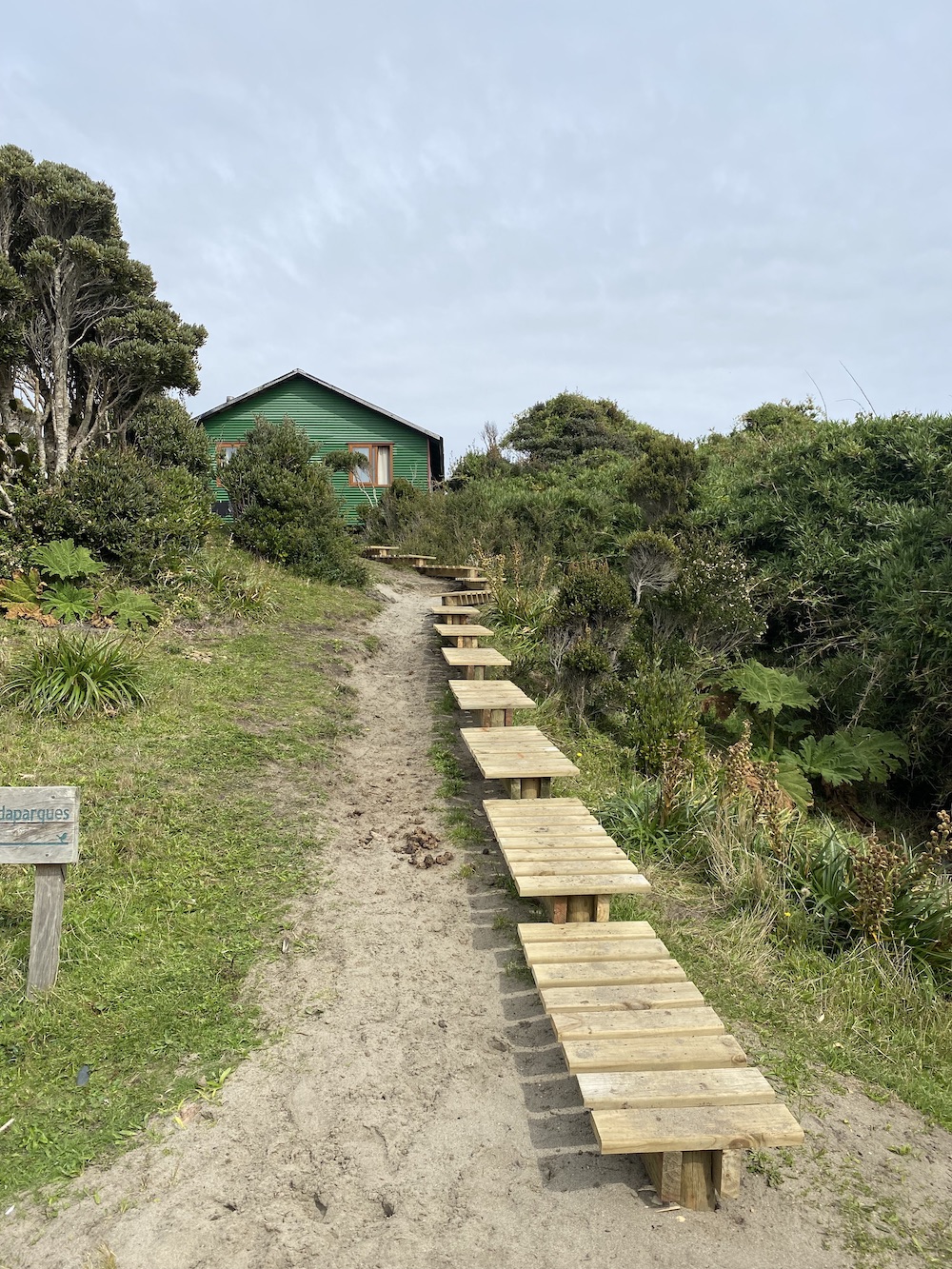WHO WE ARE
History
This love affair began in 1993, on the occasion of a scientific/technical expedition, whose goal was to study the feasibility and design of the first Marine Park in Chile. For this purpose, those who unknowingly would be the promoters of this project followed the Chepu River towards the south, encountering many incredible landscapes.
Weeks later, the members of the expedition learned that the 291 hectare “Parcela 19” of Ahuenco was for sale. As a result, a group of friends of the original group was formed and bought the land for conservation and enjoyment, under clear rules that are still being observed 30 years later.
The Ahuenco Park is one of the first private conservation initiatives to emerge in Chile, whose objective is the conservation and preservation of the ecosystems present in the Piuché mountain range, its flora and fauna, and to do this while maintaining a permanent relationship with its inhabitants, and is open to the community for environmental education, sustainable tourism, and research.
Our name comes from a beautiful beach on the west coast of Chiloé, where Ahuenco Park is located. We protect a unique piece of land, of great ecological value, covered with native coastal forests, crossed by rivers, streams and creeks, next to virgin beaches; it is part of the Chepu township, with its people and mountain range. The Park is adjacent to the northern boundary of the Chiloé National Park of which we are its buffer zone.
The aim of this private conservation initiative is to protect – initially – the 1,200 hectares that today make up the Park, which allows us to conserve an important breeding site for the Magellanic Penguin, the Humboldt Penguin, the Chilote Fox, the Pudú and many other species present in Ahuenco. We also protect, together with the Sindicato de Pescadores Artesanales Mar Adentro de Chepu (with its 4 coastal management areas of multiple use) and CONAF, a continuous coastal area starting at the mouth of the Chepu River and extending to the Cole Cole area and through the entire marine extension of the Chiloé National Park.
Partners
Ahuenco Park is owned by a community of partners, who have contributed to the project by buying a “share”. This is the strategy that was agreed upon to ensure democratic participation and the conservation of the territory. In 2012 we established the Ahuenco Park Foundation, owner and administrator of the park, which receives monthly contributions from members to cover conservation costs.
Equipo Parque Ahuenco
Decisions are made during annual meetings, during which a five-person board of directors and a manager are elected for a 3-year term.

Francisco Urrutia

Denisse Vargas

Guardaparque

Guardaparque

Margarita Tello
Board of Directors 2022 - 2024
Decisions are made during annual meetings, during which a five-person board of directors and a manager are elected for a 3-year term.

Paula Troncoso

David Silva

Elisa Silva

Luis Olivares

Gustavo Collados

Rodrigo Ricalde

Sofía Urrutia
Asesores directorio 2022 - 2024
Hay socios y socias que trabajan activamente en el proyecto, liderando iniciativas de distinto orden. Asesoran además al directorio en coyunturas o necesidades del parque.

Gonzalo Pineda

Rodrigo Valenzuela

Carolina Ariztía

Juan Marinetti

John Ewer

Kathleen Whitlock
OUR INFRASTRUCTURE
The Park Ranger’s House, built in the early 2000s, currently houses our rangers and trainees.

La Hoja: A multi-purpose space that houses a visitor and reception center, which provides accommodation and food for groups of students and researchers.
Camping: The park has a 5-site camping area with toilets and showers.
The “Casa de Socios”: This is our home since 1995. It is a single building divided into a north and a south house, each of which can house 6 people. At first it was quite rustic, but has been remodeled and improved over the years. The last time was in 2021, and improved the bathrooms and the habitability of the southern cabin.
Electrical system: there is a photovoltaic electrical system that supplies electricity to the houses in the Park. In addition, we have a solar-powered water pump to lift water to storage containers, making us less dependent on hydrocarbons.
